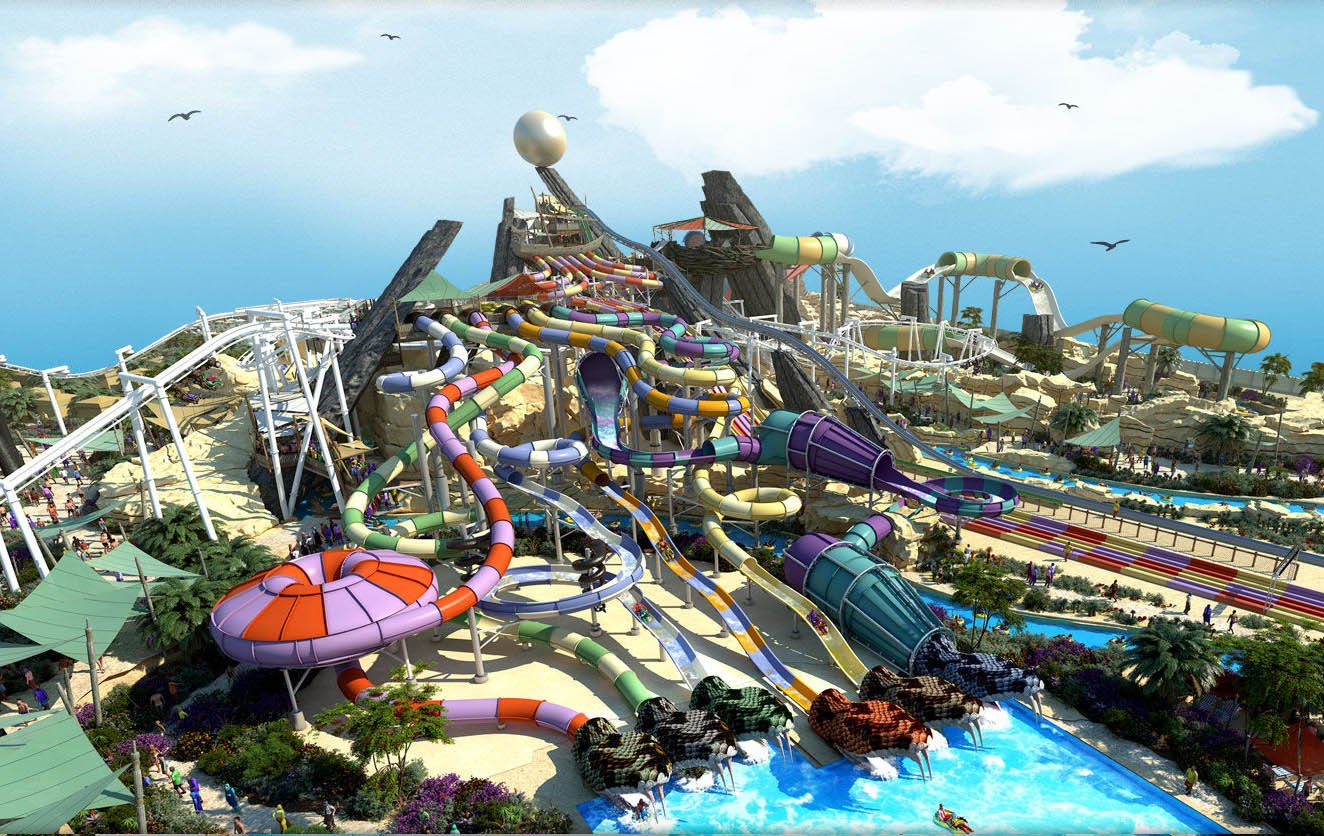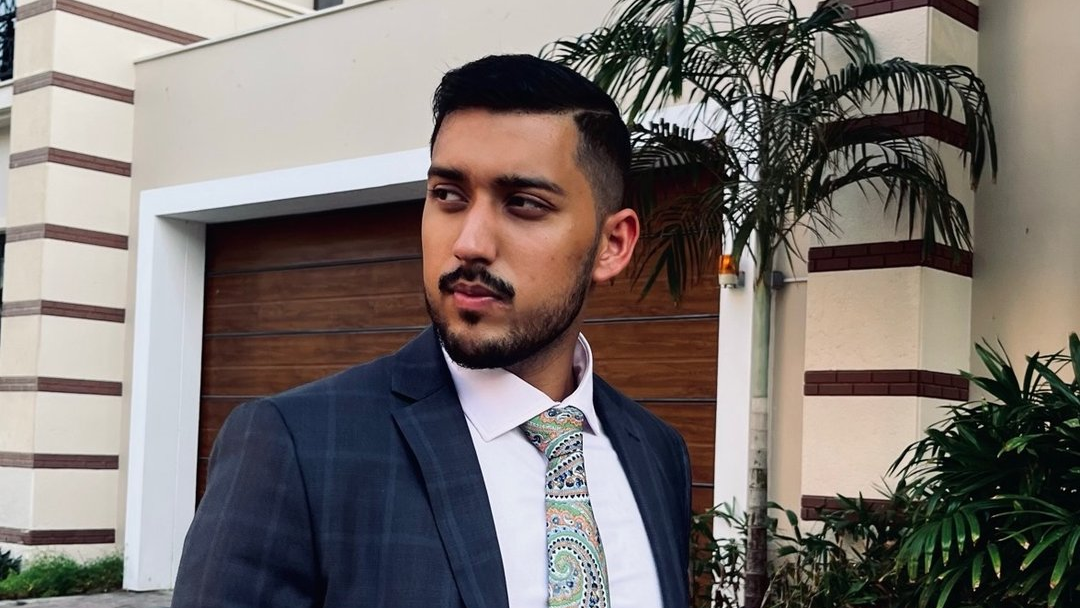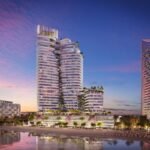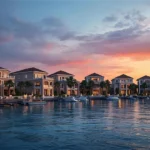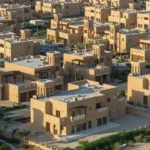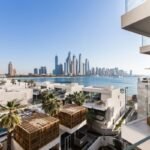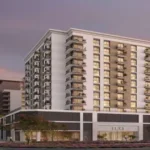Now Reading: Revitalizing Old Souqs: Real Estate Meets Heritage in Dubai & Sharjah
-
01
Revitalizing Old Souqs: Real Estate Meets Heritage in Dubai & Sharjah
Revitalizing Old Souqs: Real Estate Meets Heritage in Dubai & Sharjah
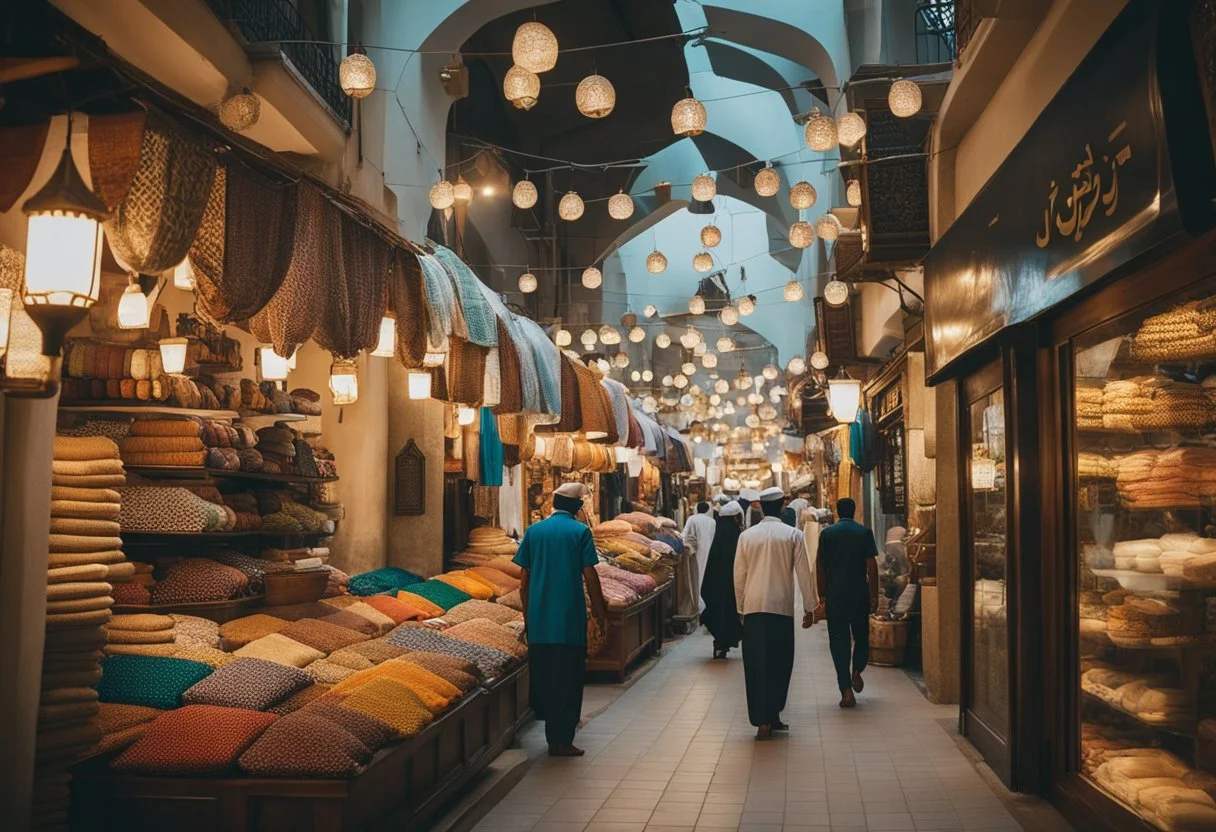
In recent years, the UAE has shown the world how modernity and tradition can co-exist beautifully. One of the best examples of this balance is the movement toward revitalizing old souqs in Dubai and Sharjah. These historical marketplaces, once the heart of trade and community life, are being transformed into vibrant cultural and real estate hubs.
The shift is not just about preserving heritage; it is also about integrating these historic areas into the modern urban fabric. By merging cultural preservation with urban renewal, Dubai and Sharjah are creating spaces that attract residents, tourists, and investors alike.
The Role of Souqs in Emirati Heritage
Souqs have always been central to Emirati life. Long before skyscrapers and mega malls, souqs were where merchants traded spices, textiles, pearls, and gold. These bustling marketplaces were not only centers of commerce but also hubs of social life and cultural exchange.
- Dubai: The Dubai Creek souqs, such as the Gold Souq, Spice Souq, and Textile Souq, reflect the city’s rich history as a global trading hub.
- Sharjah: Known for its dedication to heritage, Sharjah has preserved many of its historic markets, including the Central Souq (Blue Souq) and smaller traditional marketplaces across the emirate.
As the UAE modernized, many old souqs faced challenges in staying relevant amid the rise of luxury malls and online shopping. The solution has been revitalization projects that balance authenticity with contemporary needs.
Revitalization: A Blend of Tradition and Modernity
Revitalizing old souqs involves more than just renovating buildings — it means reimagining how these spaces can serve today’s communities while preserving their cultural essence.
Key Features of Revitalization Projects:
- Restoration of historic architecture while upgrading infrastructure for safety and accessibility.
- Integration of modern amenities, including air-conditioning, lighting, and retail-friendly layouts.
- Introduction of new businesses, from boutique shops and art galleries to cafes and cultural centers.
- Public spaces that host cultural events, performances, and exhibitions.
These projects transform souqs into multifunctional destinations — part shopping, part heritage tourism, part community gathering space.
Dubai’s Approach: Reviving the Creek Souqs
Dubai’s vision for revitalizing its souqs is closely tied to its urban planning around Dubai Creek and Deira.
- The Gold Souq: One of the most famous in the world, this market is being upgraded with modern facilities while retaining its traditional charm.
- Al Seef District: Developed along Dubai Creek, this project blends restored heritage architecture with new cafes, hotels, and cultural attractions.
- Deira Enrichment Project: A major redevelopment initiative that aims to restore Deira’s role as a bustling trade and residential hub while preserving its souqs.
For real estate, this means the areas surrounding these souqs are becoming highly desirable. Boutique hotels, serviced apartments, and residential towers are rising nearby, appealing to investors who want to be part of Dubai’s cultural revival.
Sharjah’s Approach: Heritage and Community

Sharjah, known as the UAE’s “Cultural Capital,” has been even more focused on heritage preservation.
- Sharjah Central Souq (Blue Souq): With its iconic blue-tiled architecture, the souq remains one of the city’s most visited landmarks, attracting both tourists and residents.
- Heart of Sharjah Project: A massive urban renewal plan that aims to restore historic districts, including traditional souqs, transforming them into cultural, commercial, and residential hubs.
- Souq Al Arsah: One of the oldest markets in the UAE, it has been carefully restored into a heritage destination that combines traditional shops with cultural experiences.
In Sharjah, revitalization is not just about tourism — it’s also about community living. Restored souqs are connected to neighborhoods, schools, and cultural venues, creating vibrant urban ecosystems.
Impact on Real Estate
Revitalizing old souqs has a direct and powerful impact on the real estate market in both Dubai and Sharjah.
Increased Property Values
Properties near restored souqs often see appreciation because of the unique lifestyle appeal. Buyers and tenants value living in areas that offer both cultural richness and modern convenience.
Rising Demand for Mixed-Use Projects
Developments around souqs often include residential, retail, and hospitality components. This creates attractive investment opportunities for developers and investors.
Tourism and Short-Term Rentals
As revitalized souqs attract tourists, demand for boutique hotels, serviced apartments, and short-term rentals increases, offering strong yields for property owners.
Community-Oriented Living
For families and professionals, living near a souq means being close to cultural events, restaurants, and public spaces, offering a lifestyle that is hard to find elsewhere.
Balancing Heritage and Modern Real Estate
The key challenge in revitalizing old souqs lies in maintaining authenticity while introducing modern real estate. Too much modernization can dilute heritage, while neglect can lead to underdevelopment.
Both Dubai and Sharjah are taking careful steps:
- Dubai is blending heritage with luxury, ensuring souqs are part of broader commercial and tourism hubs.
- Sharjah is focused on cultural preservation, ensuring souqs remain at the heart of community life.
This balance ensures that revitalized souqs serve as living heritage, not just tourist attractions.
The Future of Souqs in Real Estate
As the UAE continues to grow, revitalized souqs will play an even larger role in real estate and tourism. Potential future trends include:
- Smart Souqs: Integrating digital technologies for navigation, payments, and immersive experiences.
- Cultural Residences: Housing developments themed around heritage, offering residents a sense of cultural connection.
- Global Attention: As more travelers seek authentic experiences, revitalized souqs will draw international interest, further boosting property values.
Conclusion
The movement toward revitalizing old souqs in Dubai and Sharjah shows how real estate can meet heritage to create sustainable, vibrant urban communities. By preserving the UAE’s cultural identity while embracing modern growth, these souqs are becoming symbols of the nation’s ability to balance tradition with progress.
For investors, homebuyers, and culture lovers alike, the revitalized souqs offer not just shopping or leisure – but a chance to be part of living history. Whether it’s Dubai’s Creekside souqs or Sharjah’s Heart of Sharjah project, these markets are shaping the future of real estate while honoring the past.
Follow us on: Instagram
Read More:Dubai Real Estate Transactions Exceed AED 431 Billion in H1 20



